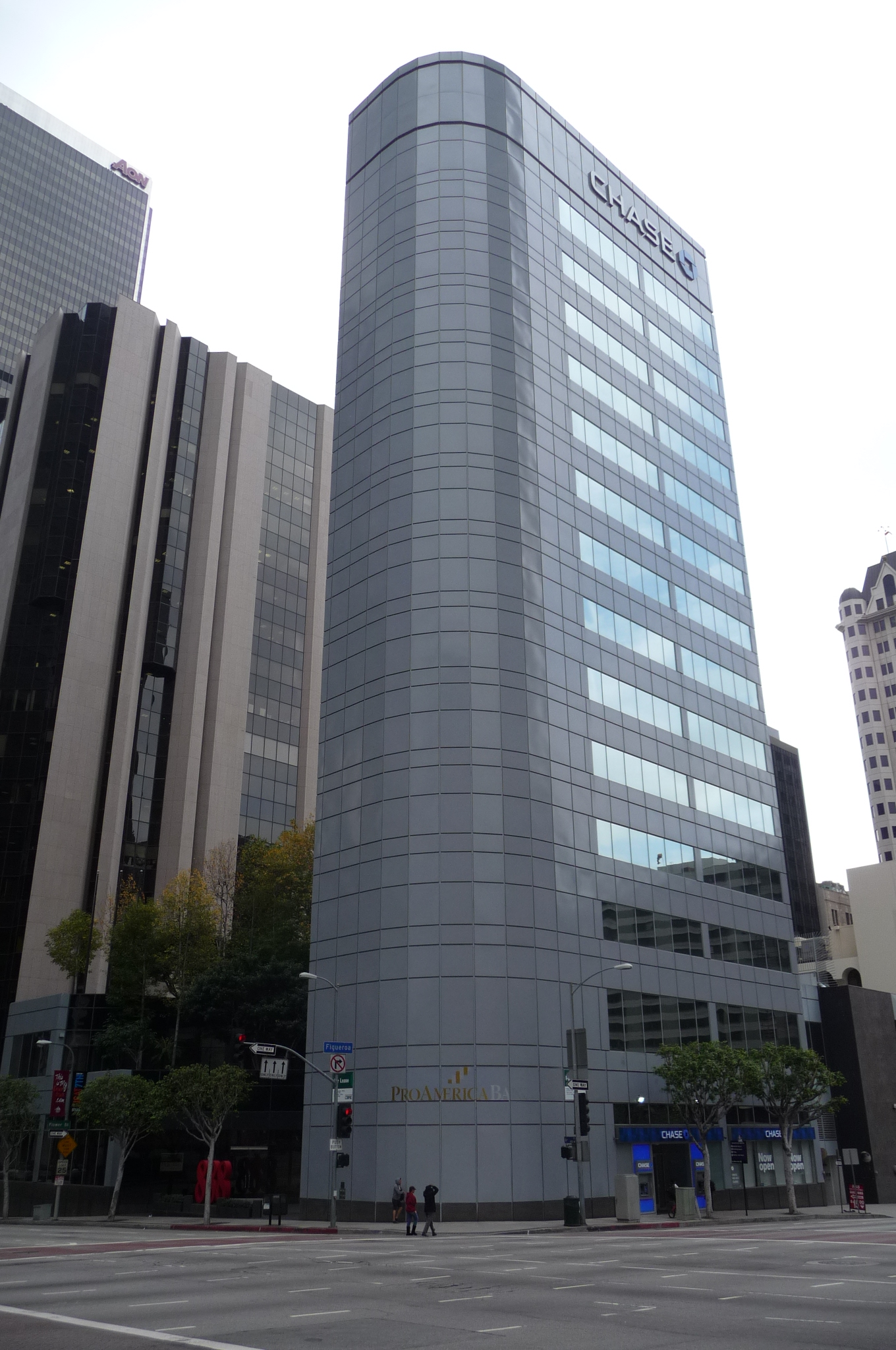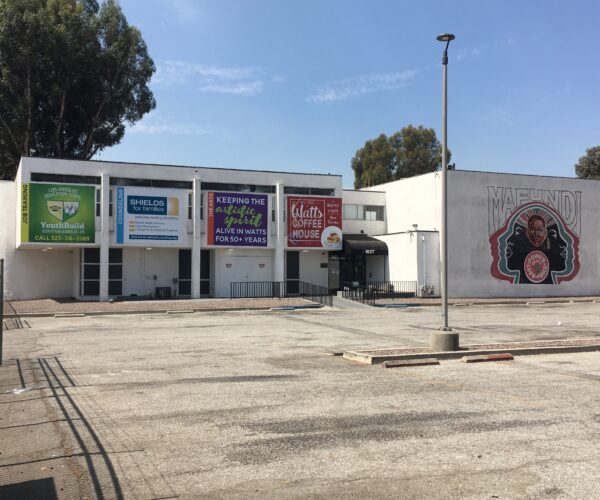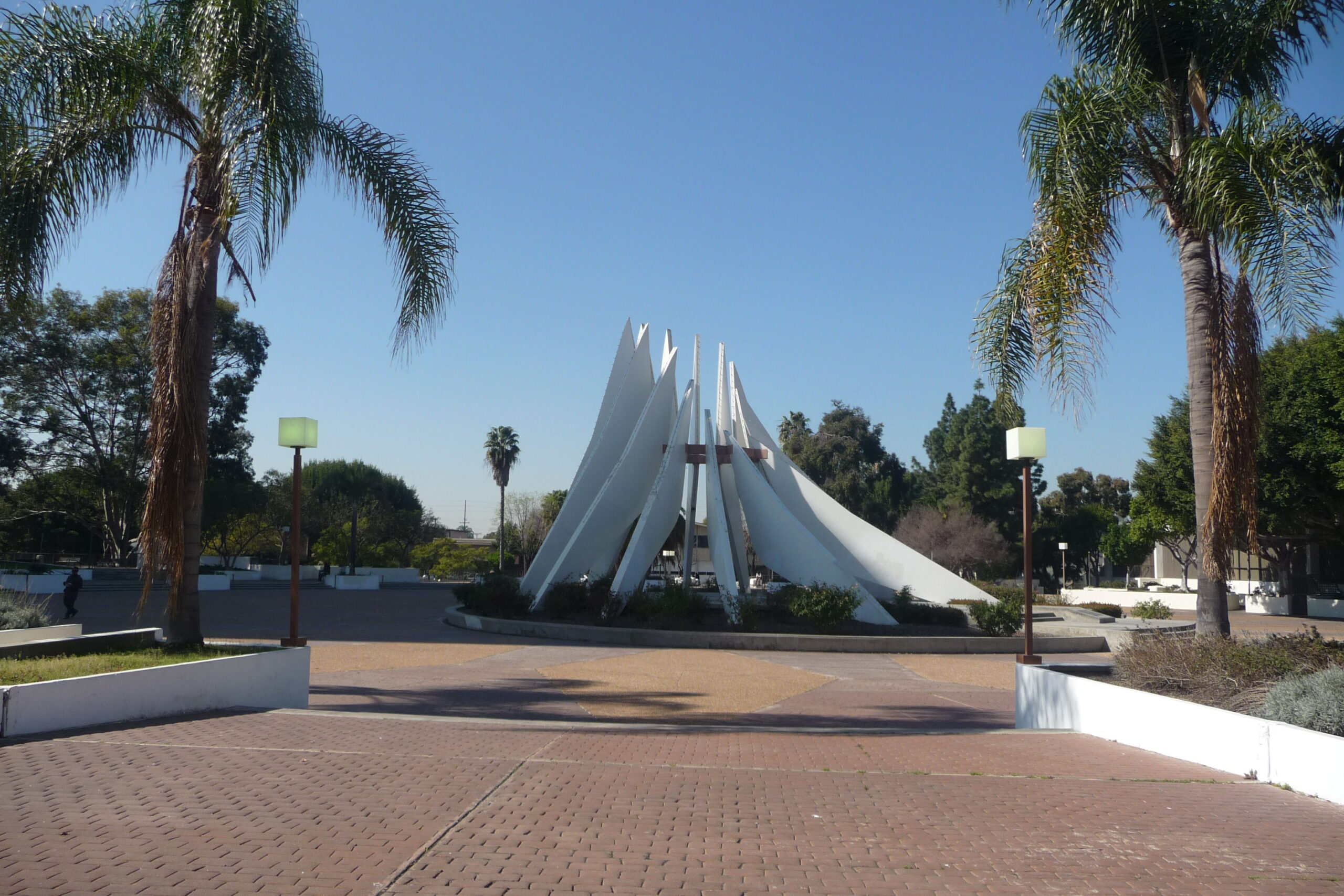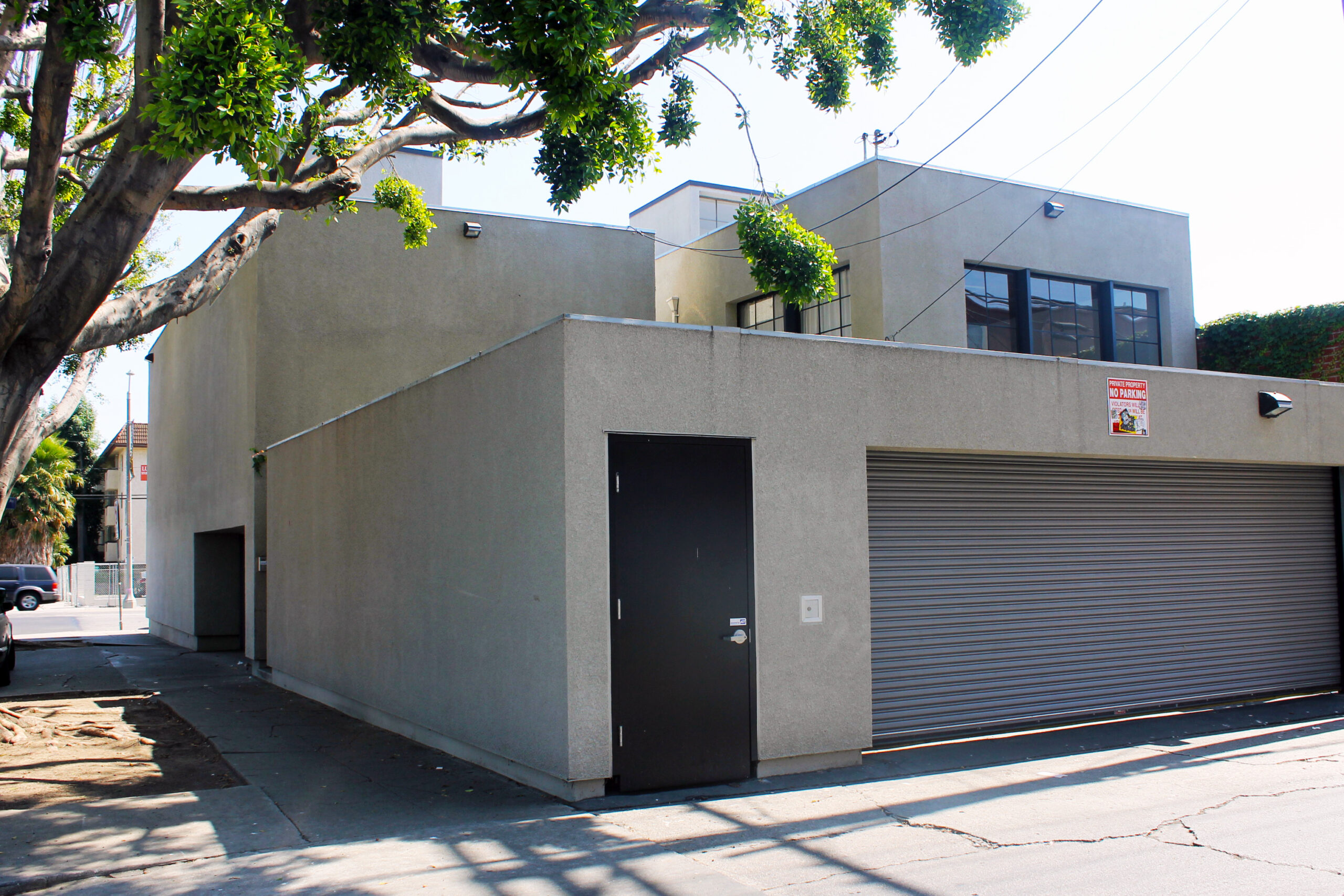
Place
Linder Plaza
While its the modest yet forward-looking design may not immediately catch the eye, Linder Plaza's lustrous lines and graceful scale deserve a second look.
Place Details
Address
Get directions
Architect
Year
Style
Community

Photo courtesy Architectural Resources Group | Photo courtesy Architectural Resources Group
At the corner of West Sixth and South Figueroa Streets stands a fifteen-story tower of soft silver and glass, all smooth edges and flush lines, surrounded by much larger high-rises. This is Linder Plaza, designed by architects Honnold, Reibsamen, and Rex for owner Max Linder and completed in 1974. The Los Angeles Times heralded the modest yet forward-looking design upon its opening, commending it for its human scale among behemoths and praising it for displaying “wit and grace in a part of town where Teutonic ponderousness has lately become the architectural rule.”
Linder Plaza presents a rounded curtain wall of gray porcelain-clad metal panels to the intersection of 6th and Figueroa, marred only by the panels’ slightly wrinkled appearance; fabricated from a thinner material than originally recommended, they give the otherwise sleekly machined tower a rumpled feel. The tower includes a two-story wing along Sixth Street with stepped rooftop gardens landscaped by Robert Herrick Carter and Associates. Viewable from adjacent high rises as well as the Linder Plaza tower, the pools and foliage of the rooftop gardens offer a green respite from the glass and asphalt of downtown Los Angeles. Linder Plaza is a building that may not immediately catch the eye, encircled as it is by larger towers, but its lustrous lines and graceful scale deserve a second look.


